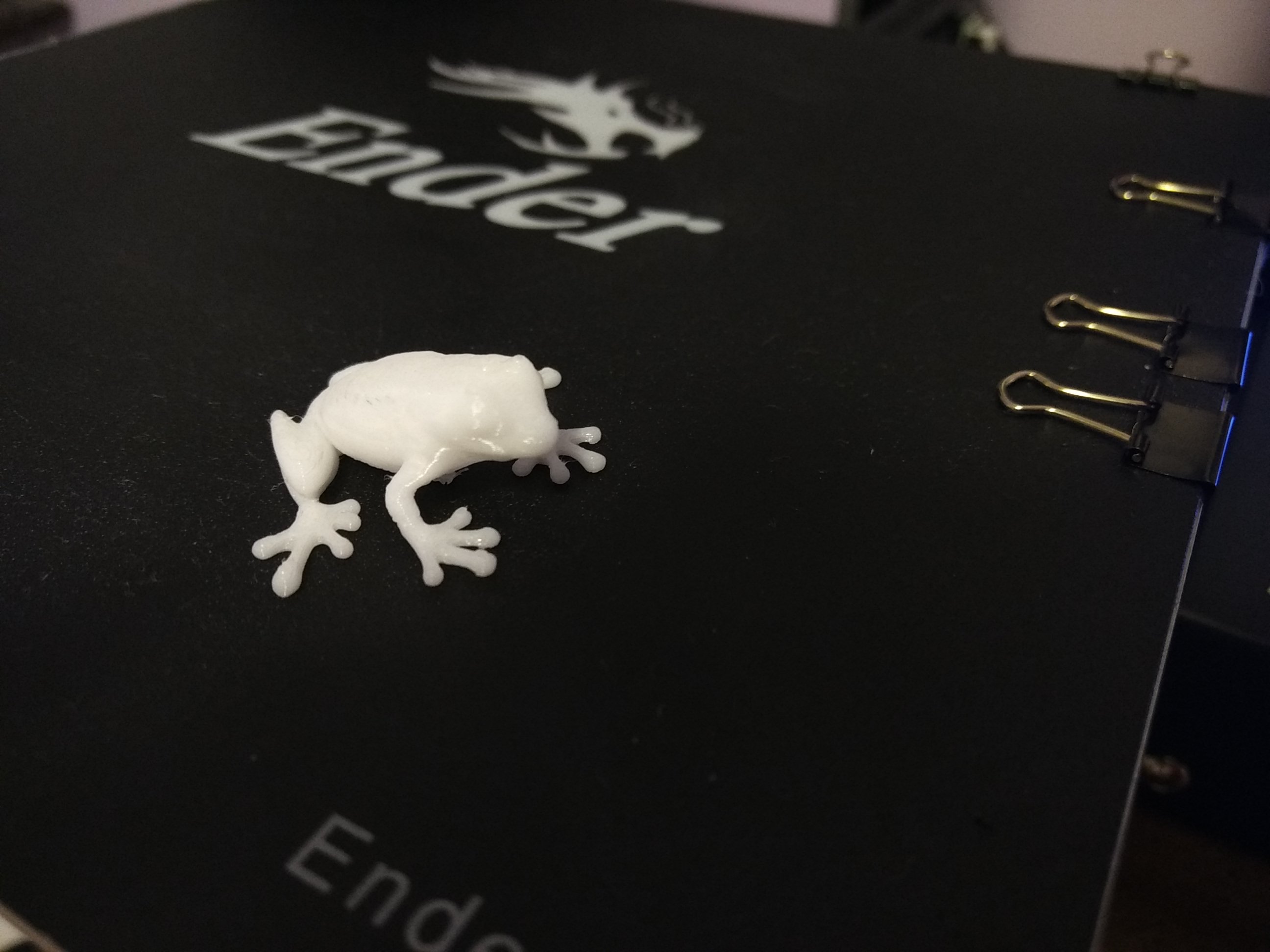I have some flexible PLA filament (https://www.amazon.com/dp/B00VKSSA4E/, presumably a mix of PLA with some platicizer) that's supposed to be easy to print with settings similar to regular PLA. I've seen recommendations to disable retraction, and indeed I get huge failures to extrude at all for a while after retraction if it's enabled. But with retraction disabled, I get stringing all over the place, and since the material isn't brittle, it's really difficult to remove.
I'm using a bed temp of 60 and print temp of 220, increased from 210 for normal PLA since I had trouble getting it to adhere at lower temp. Printer is Creality Ender 3. Using CuraEngine for slicing. The extruder is feeding the material fine; there's no kinking going on or anything.
Where should I start trying to improve this? Might retraction work with a really really slow print speed or greatly reduced retraction distance? Or are there other ways to avoid stringing?




